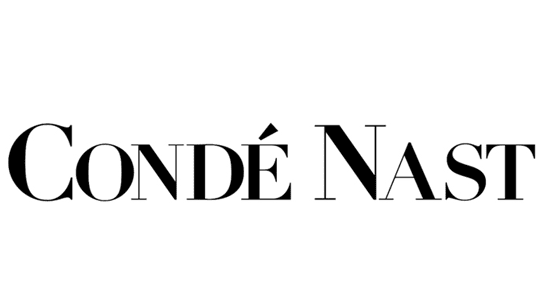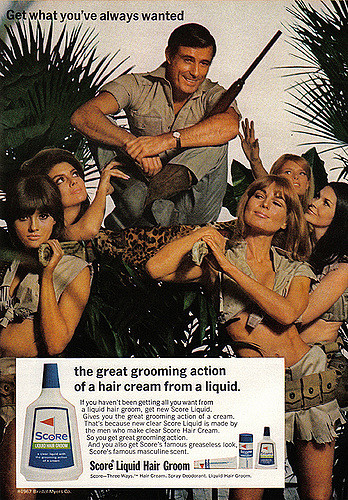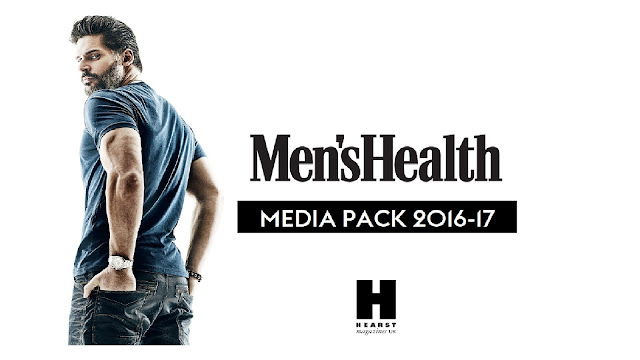OSP: Teen Vogue - Industry and social media
Industry: Condé Nast
Research Teen Vogue publisher Condé Nast.
1)What other magazines do they publish and how much money did they make last year?
Magazines other than Teen Vogue include: Allure, Architectural Digest, Ars Technica, Backchannel, Bon Appétit, Brides, Condé Nast Traveler, Epicurious, Glamour, Golf Digest, GQ, Pitchfork, Self, The New Yorker, VanityFair, Vogue, W and Wired.
They made $ last year.
2) What are Teen Vogue’s main sources of income?
Teen Vogue's main sources of income include:
- Selling advertising space online
- Selling their readers' data to other companies for sponsored content or to attract 'advertorial'
- Through YouTube with their videos (digital convergence)
- Through the Summits they host
They create online platforms. Examples include making YouTube videos or having social media platforms.
4) Why is sponsored content and ‘advertorial’ particularly important in media linked to the fashion industry?
It's a way for the company to earn money from sponsors while also providing content that their readers enjoy. Teen Vogue usually always have an article on this- for example, 'how to achieve a natural makeup look' and they show products that are sponsored. Take a look at this example.
5) Do you view Teen Vogue’s content as a form of public service media or is Condé Nast simply interested in clicks and profit?
I think that ultimately Conde Nast is simply interested in clicks and profits. The whole reason they changed their content is that they realised people weren't interested in them anymore and sales were dropping.
Closure of print edition research
Read the following short articles to learn the background to Condé Nast's decision to close the print edition of Teen Vogue in 2016 and then answer the questions below:
BBC: Teen Vogue: How will going online-only affect readers?
New York Times: Condé Nast Ends Teen Vogue’s Print Run
Folio: Your Teen Vogue Hot Takes Are All Wrong
1) Why does the BBC suggest “Teen Vogue’s digital game is strong”?
BBC suggest they have a strong 'digital game' because of the huge following they have- A highly-successful website. Six million Facebook likes. A huge following on Snapchat. Three and a half million Twitter followers.
2) What does the BBC suggest is responsible for the Teen Vogue website’s success?
There are many factors that have led to the website's success. These include:
- Its headlines are light and relatable, with many written in the first person.
- They feature fantastic product and content
- "For the demographic they are targeting, they really push the boundaries and provide something new that isn't just celebrity, fashion and beauty for teens."
- "They provide accessible current affairs for a young audience is really pioneering and exciting for a teen magazine, which in turn is alluring for their target audience."
3) How did Teen Vogue justify the closure of the print magazine?
They stated that they wanted to be in synch with what their target audience want- this is online content as they are always online these days.
"As audiences continue to evolve around content consumption, we will modernise and calibrate how, where and when we produce and distribute our content to be in sync with the cultural moments and platforms most important to our audiences."
4) In the BBC article, David Hepworth suggests there is a risk to going digital-only. What is it?
The risk of going digital only is the fact that you no longer are special. "There are very few cases of magazines going digital-only and managing to retain the lustre on their brand. Once you let paper go you're just another website. You're just more space junk floating around out there."
5) How do online-only publications make money?
Through online advertising. This, however, has declined in recent years.
6) What does Sarah Penny suggest regarding audience consumption for print and digital – and how might it be changing for Generation-Z?
Sarah Penny suggests that audience consumption for print has declined drastically. People are more likely to view online news than read a newspaper. This is more true for Generation-Z because "They're really the first demographic to have grown up with a digital presence from birth so naturally have an incredibly strong affinity with online consumption - even more so than millennials."
7) What does the New York Times say Conde Nast is known for?
Conde Nast used to be known for its 'lavish spending and its visually rich glossy magazines'
8) The New York Times states that Conde Nast expects to bring in less revenue in 2017 than 2016… by how much?
$100 million less
9) The Folio article also looks at the switch from print to digital. Pick out a statistic that justifies the digital-only approach.
Since Phillip Picardi was installed as digital editorial director in 2015 and Elaine Welteroth as the brand’s editor the following May, traffic to TeenVogue.com has surged from around 2 million monthly visitors to nearly 9 million.
10) Finally, Folio also highlights some of the aspects we have studied elsewhere. Pick out two quotes from the article that link to our work on the Teen Vogue audience, representation or design
"Surely it comes as no great revelation that Teen Vogue‘s young female audience prefers to consume articles on mobile devices and via social media rather than in print magazines."
"Teen Vogue will not only live on to do Satan’s bidding another day, the site that has played host to such articles as Lauren Duca’s viral “Donald Trump is Gaslighting America” op-ed will likely see even further investment from Condé Nast going forward absent the considerable cost of producing a regular print edition."
Social media analysis
Work through the following tasks to complete your textual analysis of Teen Vogue's social media presence:
1) Look at the Teen Vogue Twitter feed (you don’t need to sign up to Twitter to see it but may need to log-in at home). How many followers does Teen Vogue have?
3.3 million
2) Now look at the content. Classify the first 20 tweets you can see using the sections on the Teen Vogue website: News & Politics, Fashion, Entertainment, Beauty, Lifestyle, Wellness and Homecoming. What does the Twitter feed focus on most? Does this differ to the website?
News & Politics- Former President, George Bush, has died
Fashion- Kendall Jenner
Entertainment- CreedII (movie), Nick Jonas gets married, Bella Hadid eating pizza and not ruining her lipstick, Shawn Mendes and Haily, Anna Kendrick forgot she was on Twilight, Twitter helped two best friends reunite, Dylan Sprouse's Instagram, Lili Reinhart haters
Beauty- $6 dry shampoo
Lifestyle- 21 under 21, Menstruation, making money from your old Iphone
Wellness- None
Homecoming- None
There is a distinct difference between the Twitter feed and website. While the website focuses more on news, politics and wellness, the Twitter feed is mainly composed of celebrity gossip trash. Not what we would expect from Teen Vogue.
3) How are the tweets and headlines written? Can you find examples of clickbait?
4) How does the Twitter feed use videos and images?
There's either a video or an image in each post relating to the headline to intrigue the reader.
5) Analyse the Teen Vogue Facebook page. How many ‘likes’ and ‘follows’ do they have?
Likes- Almost 6 million
Follows- Almost 6 million
6) Click on the Videos link on the left-hand menu. What type of content do the videos feature? Does this differ to the website or Twitter feed?
They feature videos on politics and wellness. This is quite similar to the website but very different to the Twitter feed, where hardly any content on these topics is featured. Perhaps Teen Vogue assume that Facebook users are older so would prefer this content over anything else.
7) Now look at the Events tab to explore past events. What are these events and what do they tell us about how audiences interact with the Teen Vogue brand?
Most of the events were Summits or Teen Vogue meetups. This tells us that the audience interacts with the Teen Vogue brand by personally and actively meeting up with other Teen Vogue readers and Teen Vogue producers or ambassadors.
8) Go to the Teen Vogue Instagram page. How many followers do they have on Instagram?
2.4 million
9) How does the Instagram feed differ from other social media channels?
The Instagram page differs in that it mostly features celebrity news and fashion. It is much more visual than other social media sites.
10) What examples of digital convergence and synergy can you find on Teen Vogue social media including the Teen Vogue YouTube channel? (E.g. opportunities to engage with the brand across different platforms).
The same brand display picture is used on all sites. It is quite interesting that the about page on YouTube puts 'Celebrity news' as the first topic when this is not even a header on the website. This shows how YouTube and social media sites differ from the actual website. They are there mostly for entertainment.




Comments
Post a Comment